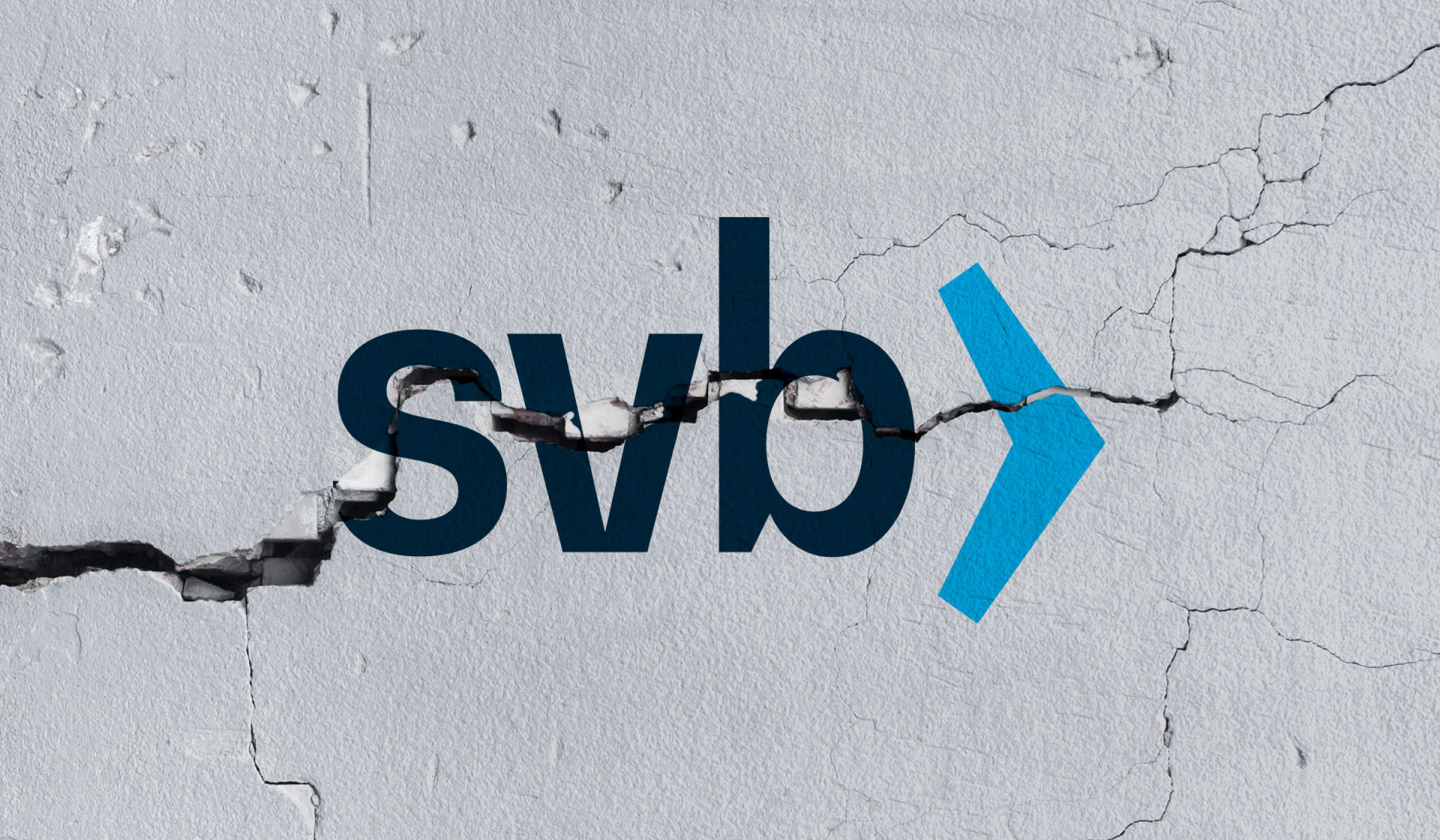
Fed report on SVB crash: time for a change?
The U.S. Federal Reserve Board has published its review into the collapse of Silicon Valley Bank, unveiling wide-ranging failures from both sides of the regulatory fence.
The collapse of Silicon Valley Bank (SVB) in March 2023 sent ripples through the financial services industry. A once-profitable and fast-growing bank was brought to its knees almost overnight. “How was it allowed to happen?” many asked. Were the warning signs not clear?
After the event, the U.S. Federal Reserve Board swiftly moved to conduct an internal review to assess the role it may have played in the sudden downfall of SVB. On April 28, 2023 – just over a month since the bank’s collapse – the Board has published its internal review, containing 118 pages of deficiencies and failures from both the bank and the regulator.
While we will not endeavor to set out each weakness (the list is long), the review, which was led by Vice Chair for Supervision Michael S. Barr, highlighted four key causative issues surrounding the bank’s failure:
1. SVB’s board of directors and management failed to manage their risks;
2. Federal Reserve supervisors did not fully appreciate the extent of the vulnerabilities as SVB grew in size and complexity;
3. When supervisors did identify vulnerabilities, they did not take sufficient steps to ensure that SVB fixed those problems quickly enough; and
4. The Federal Reserve Board’s tailoring approach (in response to the Economic Growth, Regulatory Relief, and Consumer Protection Act) – along with a shift in the stance of supervisory policy – impeded effective supervision by reducing standards, increasing complexity, and promoting a less assertive supervisory approach.
In short, the run on SVB was a result of myriad factors and faults from both sides of the regulatory parapet. As a result, the Federal Reserve is now looking to bolster its supervisory framework, so that similar market events are less likely to happen again.
Warning signs are ignored
In light of the SVB collapse, there were countless questions to be answered. SVB’s portfolio was far from diverse, and once interest rates started to rise rapidly, there was little chance of saving the bank, but how did the bank – and regulators – fail to spot the warning signs? Or were the warning signs there, but ignored?
The Federal Reserve Board’s review goes some way to explaining how the collapse of SVB came about, blaming a heady mix of “a textbook case of mismanagement by the bank” as well as failure of Federal Reserve supervisors “to take forceful enough action”.
Page six of the Review notes that, at the time of SVB’s collapse in March 2023, the bank had 31 open supervisory findings. These included weaknesses in areas such as liquidity, governance and risk management, technology, and interest rate risk management.
In August 2022, SVB was assessed by regulators and found to be deficient in its governance and risk framework, with an ineffective risk management program. Three supervisory findings were issued as a result of this.
The liquidity of the bank was rated as “strong”, a factor which the Federal Reserve Board notes would have benefited from a “more thorough evaluation” as “the standard liquidity risk metrics in the RBO portfolio were likely not appropriate for a bank like SVB”.
The Federal Reserve Board also found that “despite widespread evidence of foundational governance and risk-management issues, supervisors were slow to downgrade supervisory ratings” or to ensure that SVB’s board and senior managers “took sufficient and immediate steps to compensate for those widespread weaknesses”.
At the time of SVB’s failure, regulators (and SVB) had before them a complex tapestry illustrating weaknesses, gaps, and potential areas of exposure, yet supervisory bodies stood frozen, inactive, as the bank rushed towards danger.
PowerPoint-ing to risks
The Federal Reserve Board’s review into its handling of the SVB collapse also offers unbridled access to almost 30 previously-unseen documents. These documents include, among other things, internal communications that were had surrounding market activity just prior to the run on SVB.
A particularly indicting piece of evidence is a PowerPoint presentation, delivered in February 2023, entitled “Impact of Rising Rates on Certain Banks and Supervisory Approach Background Materials”. The purpose of this internal presentation was to “discuss the impact rising interest rates is having on certain banks’ financial condition”. Strikingly, on page nine of the presentation, SVB is used as an example of an at-risk firm by virtue of increasing interest rates. It highlights that “since rates began increasing, the bank [SVB] has lost nearly 8% of its deposits and the company is executing on its contingency funding plan to maintain appropriate liquidity”.
The warning signs were clear – so much so that they were being used as an example in internal collateral when discussing the dangers of the changing market.
Stricter regulation on the horizon?
As well as failures in management and supervision from both SVB and the Federal Reserve Board, the Fed points to Trump-era rule changes as playing a part in SVB’s downfall. Commenting on the findings of the Board’s review, Barr notes:
“This review represents a first step in that process – a self-assessment that takes an unflinching look at the conditions that led to the bank’s failure, including the role of Federal Reserve supervision and regulation”. In light of the findings, he added, “we must strengthen the Federal Reserve’s supervision and regulation”.
In response, Federal Reserve Chair, Jerome H. Powell, said:
“I agree with and support his recommendations to address our rules and supervisory practices, and I am confident they will lead to a stronger and more resilient banking system”.
Indeed, the results of the Federal Reserve Board’s review cast a shadow over the supervisory regime, but there is light at the end of the tunnel. More specifically, there is regulatory change on the horizon.
The Board’s first order of business will be “to improve the speed, force, and agility of supervision” that it provides for financial services. It highlights that a holistic review of the capital framework is already in progress, including a renewed look at the implementation of Basel III endgame rules, the use of multiplied scenarios in stress testing, and the exploration of a long-term debt rule to improve the “resiliency and resolvability of large banks”, on which it will soon be issuing proposals for comment.
Within the review, a few significant areas stand out as in need of reconsideration.
For instance, as SVB grew from $71 billion to over $211 billion in assets from 2019 to 2021, it did not become subject to increased supervisory or regulatory standards. As well as this, supervisors identified interest rate risk deficiencies in 2020, 2021, and 2022, but did not issue supervisory findings. With this in mind, the Board has said that it will “evaluate how to ensure that supervision intensifies at the right pace as a firm grows in size and complexity” adding that it needs to “be attentive to the particular risks that firms with rapid growth, concentrated business models, or other special factors might pose regardless of asset size”.
As well as the scalability of supervision, the Federal Reserve is looking to act more quickly once issues or risks are identified, and will be considering the need for higher capital or liquidity requirements in certain, appropriate cases. It is also looking again at limits on capital distributions and incentive compensation. Other areas of future change include:
+ To develop a culture that empowers supervisors to act, and that guards against complacency
+ A revisiting of the current baseline of resilience and a re-evaluation of a range of rules for banks with $100 billion or more in assets
+ Evaluating how it supervises banks’ management of interest rate risk
+ Reconsidering how it supervises and regulates liquidity risk, using uninsured deposit risk as a starting block
+ Exploring the application of a standardized liquidity requirement to a broader set of firms
+ Looking again at capital requirement rules
+ Revamping its approach to stress testing as a “key supervisory tool”
The risks of social media
As well of the above points, the review highlights that social media and digital finance played a pivotal role in the fall of the bank:
“The combination of social media, a highly networked and concentrated depositor base, and technology may have fundamentally changed the speed of bank runs”.
Social media enabled the bank’s depositors to “instantly spread concerns about a bank run, and technology enabled immediate withdrawals of funding”. This speaks to a wider, more systemic issue which is that the nature of digital finance and digital communication now means that information (or misinformation) can spread fast, and money can be withdrawn or moved fast. The banking system has not adapted to the external systems around it.
In addition to considering liquidity risk and capital requirement rules, the Federal Reserve Board should as well consider the fast-developing frameworks that allow depositors to drain firms at the touch of a button.
Ultimately, we are likely to see a tightening of rules for Federally-regulated organizations across the gamut of topic areas. The Federal Reserve Board has said that it will publish proposals imminently.
Global Relay provides compliance technology for regulated organizations of all shapes and sizes, speak to the team to find out more.



